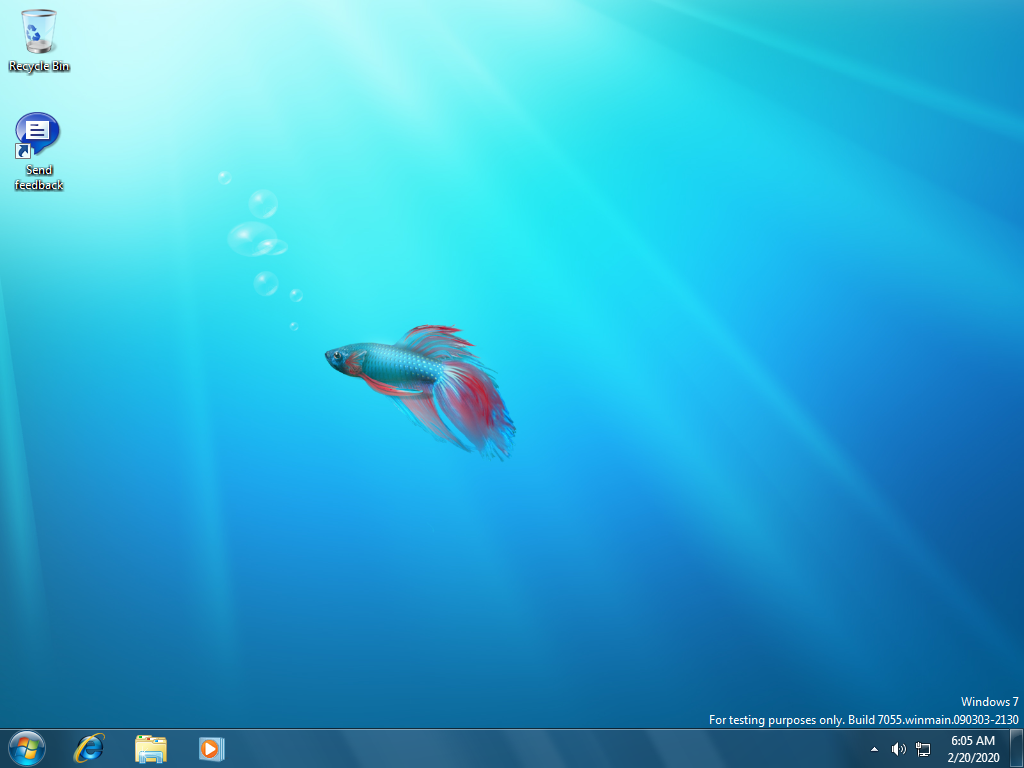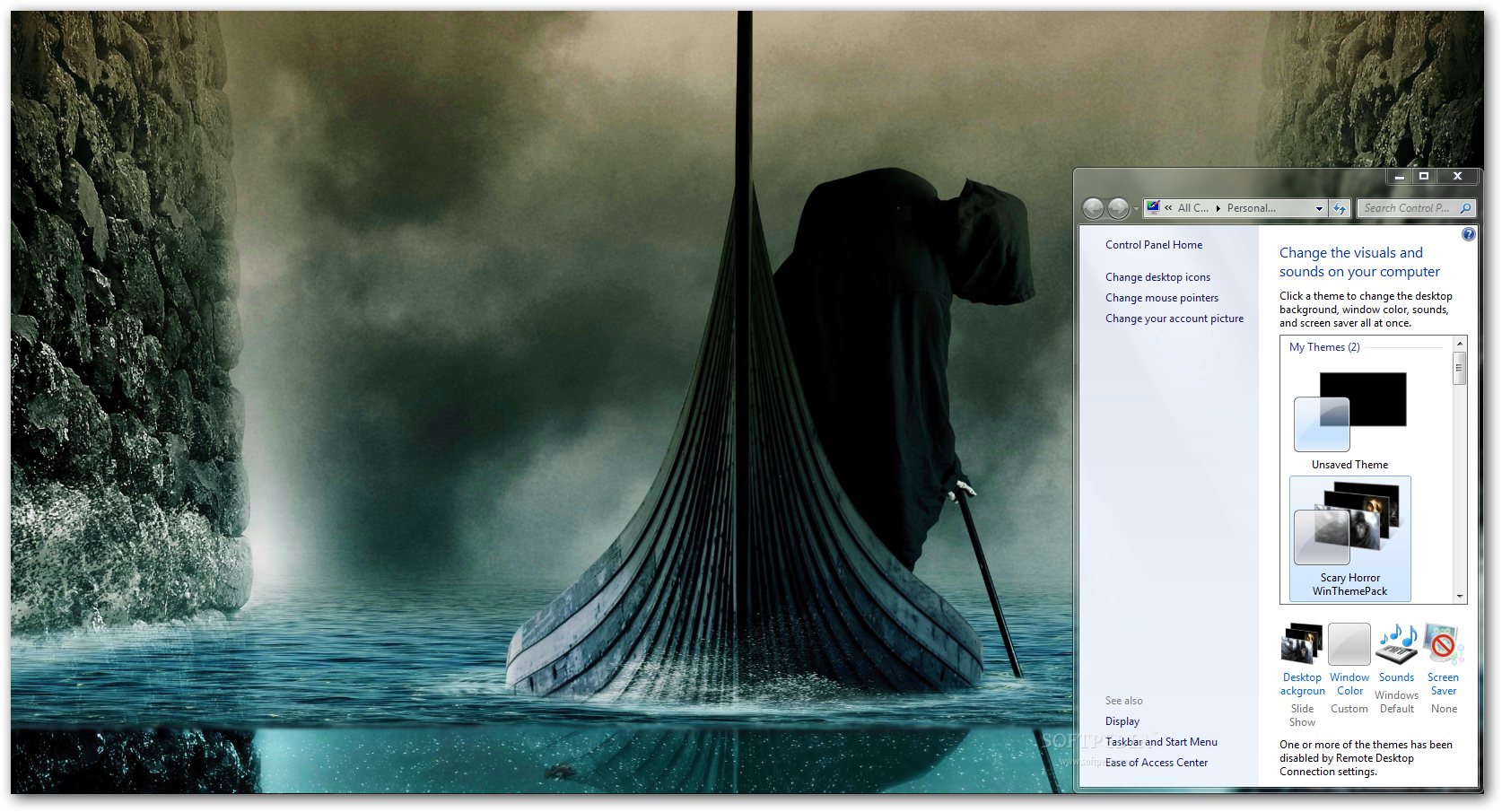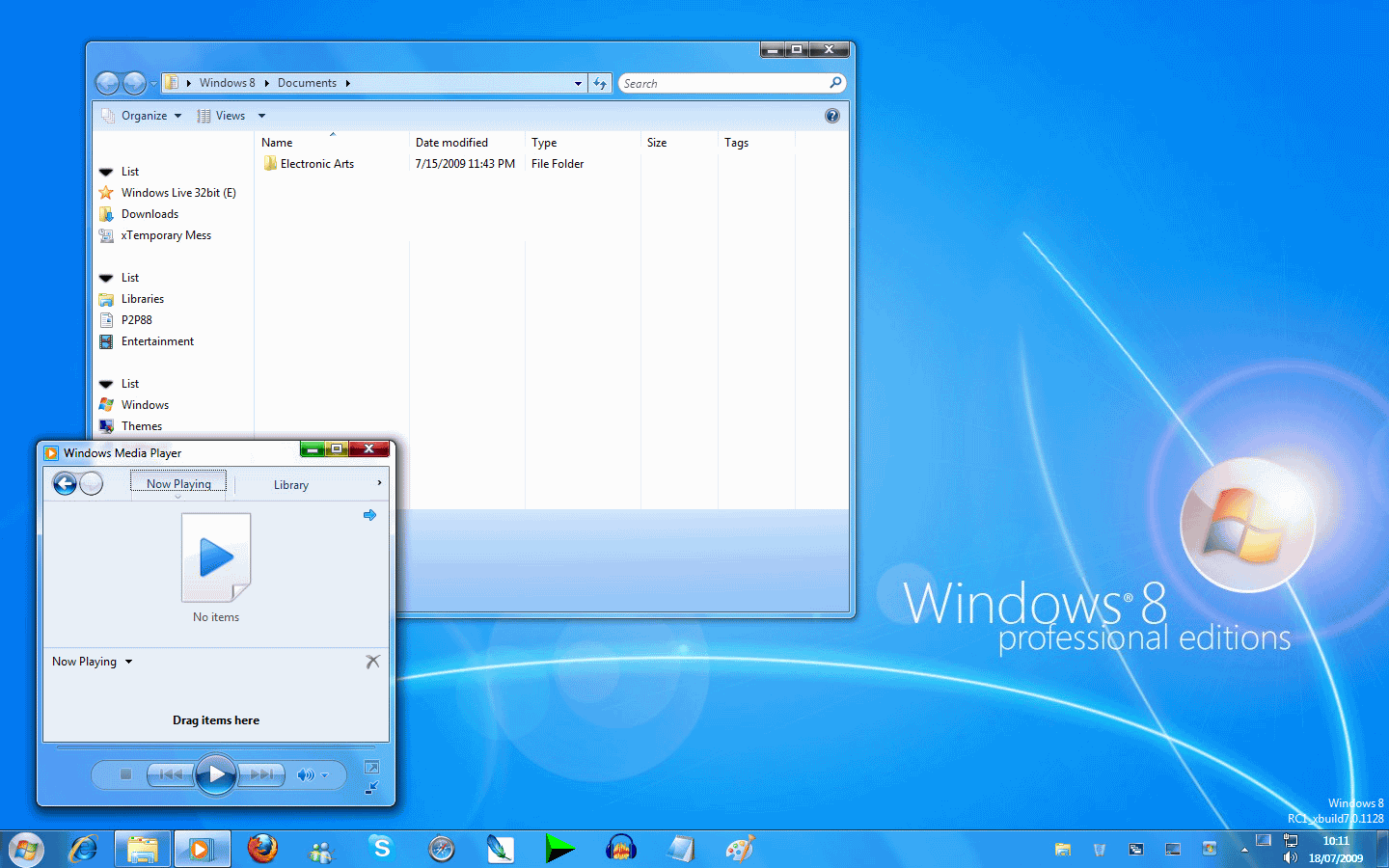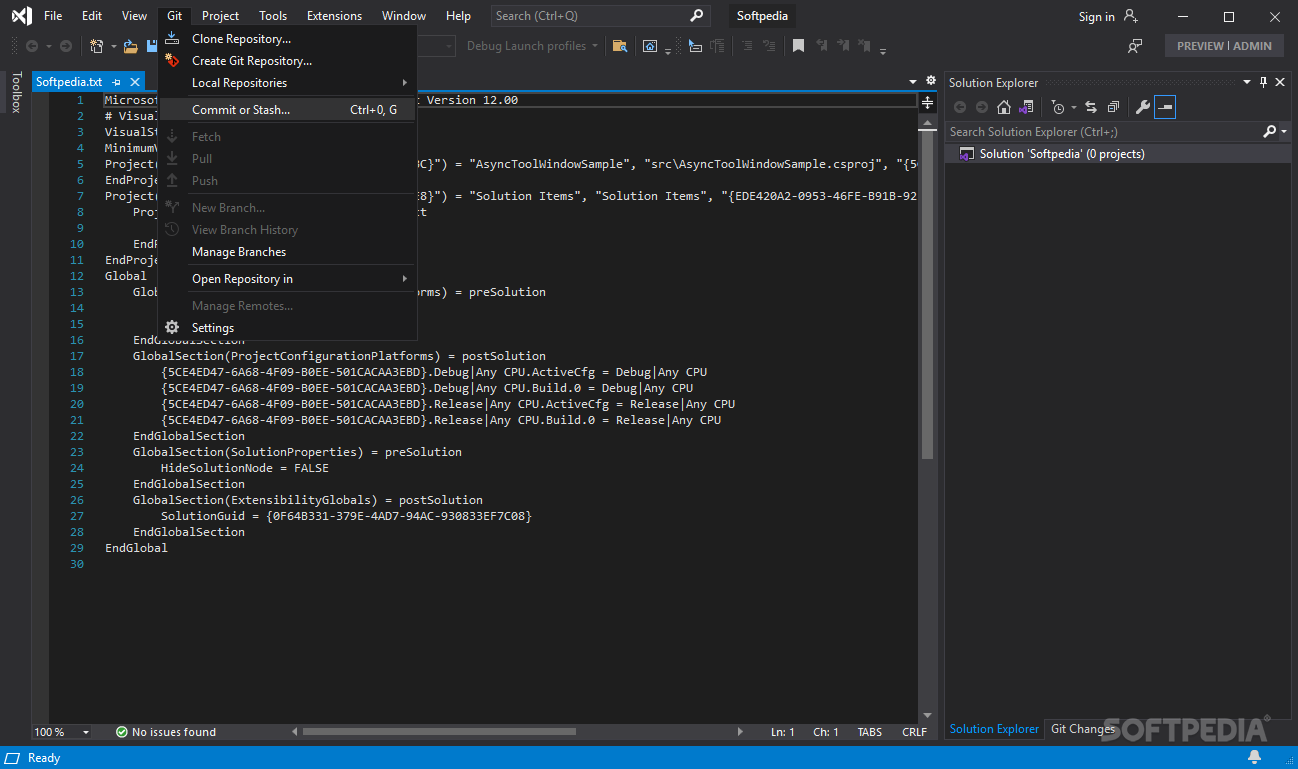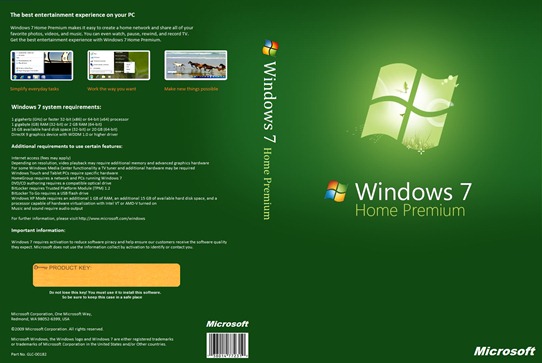Windows Security Center has been renamed to Windows Action Center , which encompasses both security and maintenance of the computer. Readyboost on 32bit editions now supports up to 256 Gigabytes of extra allocation. The default setting for User Account Control in Windows 7 has been criticized for allowing untrusted software to be launched with elevated privileges without a prompt by exploiting a trusted application.
Microsoft's Windows kernel engineer Mark Russinovich acknowledged the problem, but noted that malware can also compromise a system when users agree to a prompt. In-place upgrade from Windows Vista with Service Pack 1 to Windows 7 is supported if the processor architecture and the language are the same and their editions match . Windows Easy Transfer can assist in this process.Microsoft made upgrade SKUs of Windows 7 for selected editions of Windows XP and Windows Vista.
The difference between these SKUs and full SKUs of Windows 7 is their lower price and proof of license ownership of a qualifying previous version of Windows. Same restrictions on in-place upgrading applies to these SKUs as well. In addition, Windows 7 is available as a Family Pack upgrade edition in certain markets, to upgrade to Windows 7 Home Premium only. It gives licenses to upgrade three machines from Vista or Windows XP to the Windows 7 Home Premium edition. These are not full versions, so each machine to be upgraded must have one of these qualifying previous versions of Windows for them to work. In the United States, this offer expired in early December 2009.
In October 2010, to commemorate the anniversary of Windows 7, Microsoft once again made Windows 7 Home Premium Family Pack available for a limited time, while supplies lasted. Home Premium is almost certainly the edition you'll want for your home computer, and many small businesses will be happy with Home Premium, too. Backing up across a network is probably the most appealing option omitted from Home Premium, but for most people its absence won't be a deal breaker. Hardware virtualization has been available in PCs for several years, but whether your particular processor supports it is a hit-and-miss affair. To use XP Mode, you'll first need to download it, together with Windows Virtual PC (it's free).
Internet Spades, Internet Backgammon and Internet Checkers which were removed from Windows Vista, were restored in Windows 7. Windows 7 includes the new Internet Explorer 9 and Users are also able to disable many more Windows components than was possible in Windows Vista. New additions to this list of components include Internet Explorer, Windows Media Player, Windows Media Center, Windows Search, and the Windows Gadget Platform. Windows 7 includes 13 additional sound schemes, titled Afternoon, Calligraphy, Characters, Cityscape, Delta, Festival, Garden, Heritage, Landscape, Quirky, Raga, Savanna, and Sonata. A new version of Microsoft Virtual PC, newly renamed as Windows Virtual PC was made available for Windows 7 Professional, Enterprise, and Ultimate editions.
It allows multiple Windows environments, including Windows XP Mode, to run on the same machine. Windows XP Mode runs Windows XP in a virtual machine and redirects displayed applications running in Windows XP to the Windows 7 desktop. The Remote Desktop Protocol of Windows 7 is also enhanced to support real-time multimedia application including video playback and 3D games, thus allowing use of DirectX 10 in remote desktop environments.
The three application limit, previously present in the Windows Vista Starter Edition, has been removed from Windows 7. Windows 7 Starter is the edition of Windows 7 that contains the fewest features. It is only available in a 32-bit version and does not include the Windows Aero theme. The desktop wallpaper and visual styles are not user-changeable. In the release candidate versions of Windows 7, Microsoft intended to restrict users of this edition to running three simultaneous programs, but this limitation was dropped in the final release. This edition does not support more than 2 GB of RAM.This edition was available pre-installed on computers, especially netbooks or Windows Tablets, through system integrators or computer manufacturers using OEM licenses.
Switching users to web apps is easier than it used to be, with Office 365 offering web versions of Office's familiar desktop apps. Locking down systems to only antivirus and SSL network ports makes them easier to protect, and with the new Edge getting updates every six weeks or so the risk of compromises via the browser should be low. One partition is windows 10 Home 64bit and the other is windows 10 pro 32 bit. When I had a hardware failure I replaced the mainboard with a board that was very close to the original in the sense of chipsets and CPU.
Used my original Graphics card , FAXmodem , Hard drives, and memory. When I powered the system I went to the 64 bit partition first. It activated using the "replace hardware recently" option. I have a second retail win 7pro disc package with valid key but when I enter it, It just keeps saying I can't have two different versions on the same machine basically. Microsoft has made it easy for those of us who can't make up our minds which version of Windows we want with a feature called Windows Anytime Upgrade.
The Windows 7 installation DVD contains all the different editions of Windows 7, although you'll only be able to install the one for which you've purchased a license. Note that you cannot upgrade a 32-bit version of Windows to a 64-bit version. If your Windows 7 or Windows 8 license is not activated and you are not interested in purchasing a license, then your options are limited. Microsoft offers a 90 day trial of its Windows 10 Enterprise edition. Windows 10 Enterprise is normally distributed under Microsoft's volume license program for large organizations that deploy Windows 10 in bulk.
It's a full-featured edition of the operating system but in this case, it's really an evaluation version of the software. Users must register before they can download and install the software. This option is perfect for those users who are running Windows Vista or never had a genuine license, to begin with. Over time, Microsoft released additional operating systems, such as Vista and Windows 7. While Windows 7 and XP share common user-interface features, they differ in key areas.
Windows 7's taskbar, for instance, enables you to pin favorites apps there for easy access. An improved search feature can help you find files faster than when using XP. On devices that have touch sensitivity, you can use your finger to interact with documents, browsers and controls. Windows 10 should install without a hitch, but driver problems are a possibility and, during any system update, there's always a chance something will go wrong. Before you begin the process, make sure you have all of your data files backed up, preferably to a cloud service such as Microsoft's own One Drive, where you can download them again if your computer crashes. If you don't have a system restore disk already, it's a good idea to make a full system backup, using disk imaging software such as Macrium Reflect, which makes a bit-by-bit copy of your hard drive.
If you buy an upgrade version and your computer is currently running XP, you won't be able to perform what's called an in-place installation. In-place installation lets you preserve your existing data and programs during the installation process, but it's available only to those upgrading from Vista. If you are using XP, you'll have to perform a custom ('clean') installation.
That is, you'll need to back up all your data, perform the setup routine, then copy your data back onto the computer, reinstall all your applications and adjust their settings. The free antivirus that Microsoft offers for Windows users works great for most users, but it won't receive updates now that Windows 7 is end-of-life. Now that your operating system won't receive security patches it's even more crucial to run protection on your PC. That expired version of McAfee that came with your computer isn't going to cut it. Businesses and education Windows 7 users will be able to pay for extended security updates, but it could be a costly venture for some. Extended updates for Windows 7 Enterprise is approximately $25 per machine, and the cost doubles to $50 per device in 2021 and again to $100 in 2022.
It's even worse for Windows 7 Pro users, which starts at $50 per machine and jumps to $100 in 2021 and $200 in 2022. These costs will naturally vary depending on the volume of PCs in use at a business, but they're still going to be substantial for larger firms. But one of the problems that will happen is, without regular updates, Windows 7 will become vulnerable to security risks, viruses, hacking, and malware without any support. You may continue to get "end of support" notifications on your Windows 7 home screen after January 14.
However, anyone still running Windows 7 Professional and/or Enterprise editions can purchase extended security updates through January 2023. After that, you will get a "watermark" on your desktop that says it isn't authenticated, and Microsoft will nag you to do it. You will also lose personalisation options, so you won't be able to change the wallpaper, themes, lock screen and so on, but it will continue to work. Using an unauthenticated copy of Windows 10 is not a long-term solution, and it's a bad idea for businesses, which can pay for extended updates. However, if you're a Windows 7 home user, it gives you more time to decide what to do.
Microsoft offered Windows 7 users a free in-place upgrade to Windows 10 during the year after its launch, and it would have been sensible to take it. Since then, you have been able to download a copy of Windows 10 and use Microsoft's media creation tool to upgrade Windows 7 either directly or from a thumb-drive. So far, most users who have tried this and entered their Windows 7 product key have had their copy of Windows 10 authenticated. However, Microsoft wants people off Windows 7 and on to Windows 10, so it's worth a go. Just skip the part where it asks for a product key, and leave it for later.
And all editions except Starter support the x86-64 processor architecture. Users who wish to upgrade to an edition of Windows 7 with more features can then use Windows Anytime Upgrade to purchase the upgrade, and unlock the features of those editions. The video modes supported in Windows 7 are 16-bit sRGB, 24-bit sRGB, 30-bit sRGB, 30-bit with extended color gamut sRGB, and 48-bit scRGB. Microsoft has also implemented better support for solid state drives, including the new TRIM command and Windows 7 is able to identify a solid-state drive uniquely.
Microsoft is planning to support USB 3.0 in a subsequent patch, support not being included in the initial release due to delays in the finalization of the standard. For all intents and purposes, Microsoft wants you to upgrade to a newer version of Windows. There are ways you can squeeze more life out of your old Windows install, like installing antivirus software to fill the void left by discontinued security updates. However, we discourage taking this route since these solutions will only get you so far.
One example is "Play To," a program that allows you to stream audio and video to different computers or devices within your house. The "HomeGroup" feature makes it easy to share media files and other data between computers. It also makes it possible to share printers on a home network. The "Remote Media Streaming" feature allows you to access the music, video, and photo libraries on your computer from remote locations.
How Old Is Windows 7 The Microsoft Windows 7 Professional operating system appeals in particular to professional users. Microsoft provides excellent performance with the operating system and the ability to install current as well as old applications on your PC. Microsoft Windows 7 Professional includes the Windows Media Center, multi-touch support and a new user interface, Windows Aero. The product support extends to the year 2020 and ensures your safety, keeping your operating system always up to date.
Windows 7 Professional is one of the most stable and user-friendly operating systems from Microsoft and already includes SP1. With a few clicks you access your applications or alter the operating system according to your needs. The recent surge in popularity of 64-bit machines has been helped along by the existence of 64-bit versions of Windows and increasingly available 64-bit drivers. We're still waiting to see a good selection of 64-bit applications.
Microsoft isn't literally pulling the plug on your devices. But Windows 7 won't receive any more updates or security patches, meaning your PC will also be very vulnerable to all those nasty malware programs garnering headlines seemingly every day. If you keep using Windows 7—and over a quarter of all computers run it, per NetMarketShare—you're on your own, and the Internet can get nasty.
The new Edge supports Progressive Web Applications , which can work offline. Microsoft is working on a PWA version of its Outlook.com service, and there are plenty of third-party web applications like Twitter that are taking a similar approach. If a web app doesn't offer a PWA you can still run it as a standalone browser application, with websites opening in their own window without the additional browser functions, and accessible from the Windows start menu. Any laptops running Windows 7 should be withdrawn from service and replaced by supported operating systems or assigned ESU licences.
Windows as a service does present interesting questions about PC sales over the next decade, though. Windows 7 end of life has helped the PC market bounce back in 2019, but with no "Windows 11" in sight, the PCs that businesses are purchasing now could last longer than ever before. Microsoft, Intel, and PC OEMs will be hoping that Surface and the constant push to improve hardware will convince businesses and even consumers to upgrade. " marketing campaign four years ago, which aimed to get people with older Windows 7 PCs to upgrade to new hardware. There are probably still millions of consumers holding on to Windows 7 machines simply because they continue to work fine for the basics. Although Windows 7 has been discontinued, it can still be activated and installed on new computers.
If you're a Microsoft 365 user, Microsoft will continue to provide security updates for Microsoft 365 until January 2023, but not feature updates. Originally, a version of Windows codenamed Blackcomb was planned as the successor to Windows XP and Windows Server 2003. Major features were planned for Blackcomb, including an emphasis on searching and querying data and an advanced storage system named WinFS to enable such scenarios.
However, an interim, minor release, codenamed "Longhorn," was announced for 2003, delaying the development of Blackcomb. By the middle of 2003, however, Longhorn had acquired some of the features originally intended for Blackcomb. Development of Longhorn was also restarted, and thus delayed, in August 2004. The taskbar has seen the biggest visual changes, where the Quick Launch toolbar has been replaced with the ability to pin applications to the taskbar. Buttons for pinned applications are integrated with the task buttons. These buttons also enable the Jump Lists feature to allow easy access to common tasks.
The revamped taskbar also allows the reordering of taskbar buttons. To the far right of the system clock is a small rectangular button that serves as the Show desktop icon. This button is part of the new feature in Windows 7 called Aero Peek. Hovering over this button makes all visible windows transparent for a quick look at the desktop. In touch-enabled displays such as touch screens, tablet PCs, etc., this button is slightly wider to accommodate being pressed with a finger.
Clicking this button minimizes all windows, and clicking it a second time restores them. Additionally, there is a feature named Aero Snap, that automatically maximizes a window when it is dragged to the top of the screen. Dragging windows to the left/right edges of the screen allows users to snap documents or files on either side of the screen for comparison between windows, such that the windows vertically take up half the screen. When a user moves windows that were maximized using Aero Snap, the system restores their previous state automatically. This functionality is also accomplished with keyboard shortcuts. Until the year 2015, Microsoft also supported in-place upgrades from a lower edition of Windows 7 to a higher one, using the Windows Anytime Upgrade tool.
There are no family pack versions of the Anytime Upgrade editions. It was possible to use the Product Key from a Standard upgrade edition to accomplish an in-place upgrade (e.g. Home Premium to Ultimate). This edition is targeted towards enthusiasts, small-business users, and schools. It includes all the features of Windows 7 Home Premium, and adds the ability to participate in a Windows Server domain.
